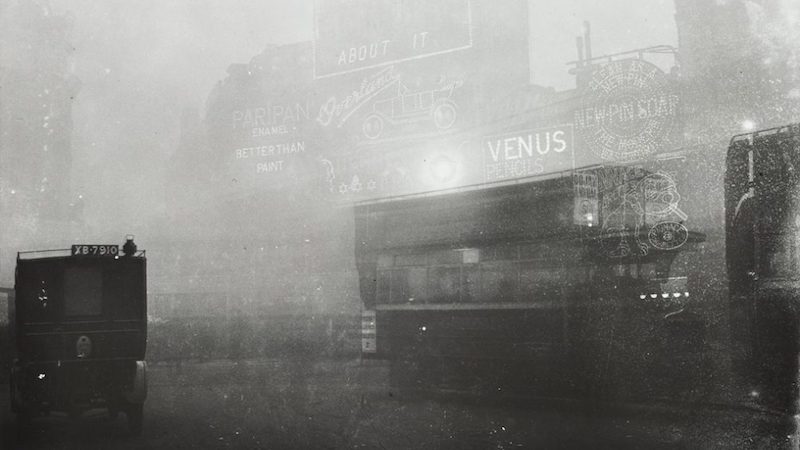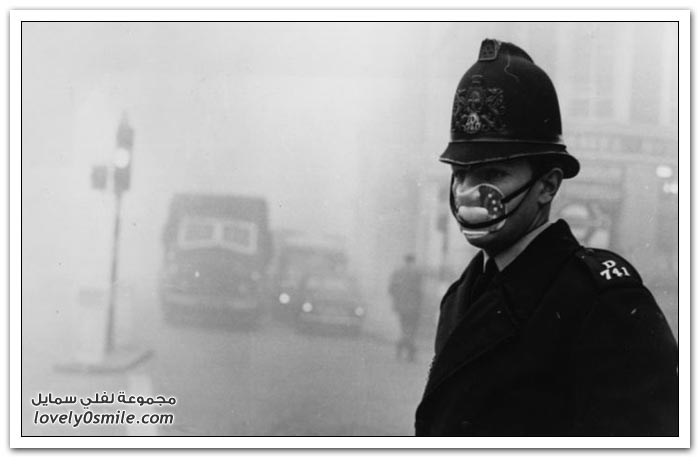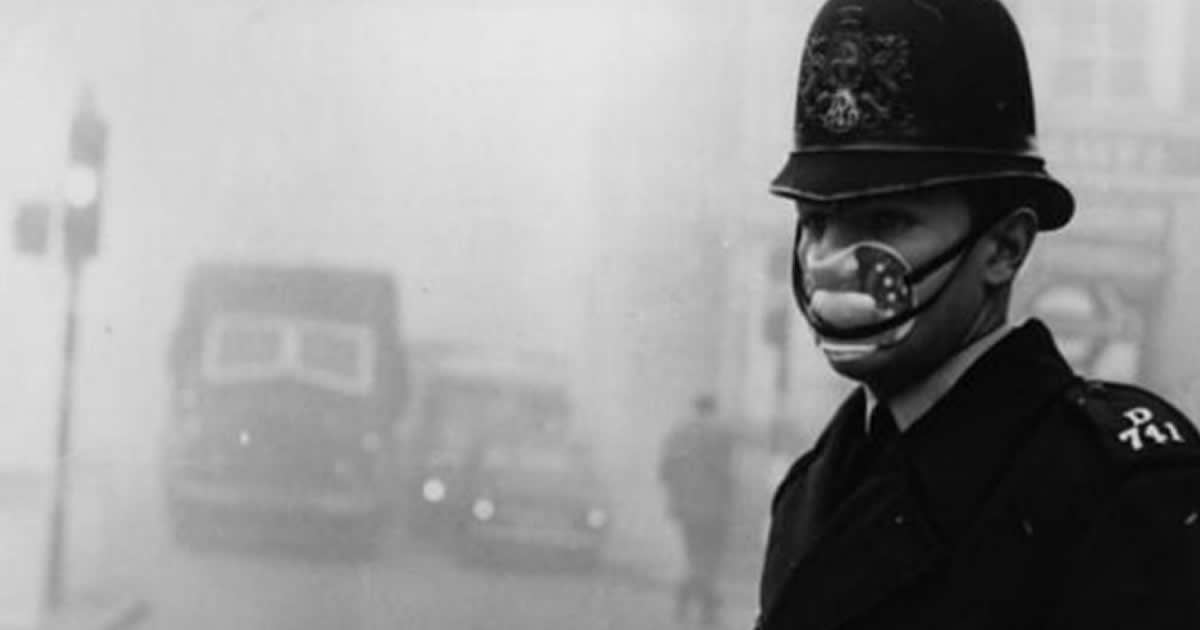

Bodies were discovered in unexpected places as many of the victims simply stopped breathing and quietly dropped in their tracks. Some likened it to the aftermath of German bomb attacks made during World War II. The aftermath was an eye-opening message for the British Government with so many dead. No accurate records were kept of the number of animals that died, but without the protection of a house to at least shield them somewhat, most assume that nearly all exposed animals died. Over 150,000 people were hospitalized for breathing related issues and the human death toll surpassed over 12,000.

The casualties from the five day fog were unbelievable. It seemed that many were about to give up hope when without warning, a brisk wind rolled in from the west, breaking up the thick fog and pushing the remnants far out to sea.

People tried to make crude gas-masks, however they were ineffective. Each day more people slipped away and yet no action could be taken to alleviate the now-poisonous environment.

Undertakers found themselves suddenly overwhelmed with corpses, so much that they ran out of available caskets. Babies and young children and the elderly also fell victim to the cloud, which after several days began to stink like rotten eggs. The fog then turned it’s attention to the human population, with those already in respiratory distress succumbing to the deadly cloud first. Family pets and farm animals started dying due to respiratory failure, wild birds either avoided the area or simply fell dead from the skies, and the entranceways to buildings became more blackened with soot each time the door was opened. The local citizens called the thick haze, the Great Smog and soon found themselves having difficulties breathing.
#London fog 1952 skin
Upon returning to their homes, those same travelers found that greasy black film also covered their exposed skin and clothing as if they had been working in a coal mine. Those souls who dared to step outside found themselves slipping and sliding as the walkways were covered with a greasy black film. Even the dependable British Railway system was unable to operate. No ships could safely move along the waterways, and driving a car was impossible. Transportation came to a standstill air travel was impossible. It continued to grow during those five fateful days, nearly covering 30 square miles, growing more dense with each passing day until people literally could not see their hands in front of their faces. The lack wind and a high pressure system combined to keep the fog cloud from moving. Yet over the next five days, this fog hovered over the city. Londoner’s went about their day as usual heavy fog was very commonplace and their was no need for alarm. The chimney smoke mixed with the fresh fog, turning it a sickly yellow colored pea-soup. The skies soon began to fill with coal smoke and soot and as the day progressed, a fog rolled in, limiting visibility throughout the city. People were hunkered down in their homes, huddled around their fireplaces waiting out an unusually early cold snap. It was cold and clear the morning of December 5th, 1952 in London.


 0 kommentar(er)
0 kommentar(er)
